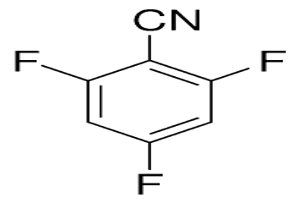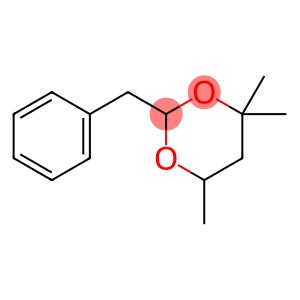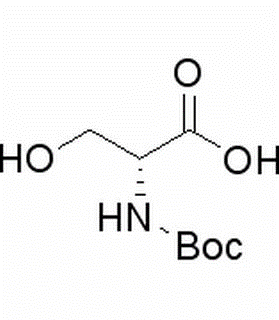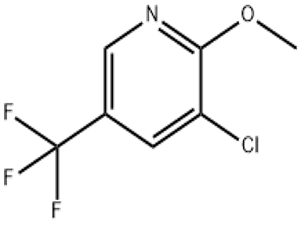2-Acetonaphthone(CAS#93-08-3)
| Risk Codes | R36/37/38 – Irritating to eyes, respiratory system and skin. R51/53 – Toxic to aquatic organisms, may cause long-term adverse effects in the aquatic environment. R22 – Harmful if swallowed R20/21/22 – Harmful by inhalation, in contact with skin and if swallowed. |
| Safety Description | S26 – In case of contact with eyes, rinse immediately with plenty of water and seek medical advice. S36 – Wear suitable protective clothing. S61 – Avoid release to the environment. Refer to special instructions / safety data sheets. S24/25 – Avoid contact with skin and eyes. S22 – Do not breathe dust. S36/37 – Wear suitable protective clothing and gloves. |
| UN IDs | UN3077 |
| WGK Germany | 3 |
| RTECS | DB7084000 |
| TSCA | Yes |
| HS Code | 29143900 |
| Hazard Note | Irritant |
| Hazard Class | 9 |
| Packing Group | III |
| Toxicity | skn-hmn 100% FCTXAV 13,867,75 |
Introduction
β-Naphthalene acetophenone is an organic compound. It is a solid with a white or light yellow crystalline shape with a peculiar aromatic odor.
β-Naphthalene acetophenone has many important applications. It is used as an important starting material and intermediate in organic synthesis. β-Naphthalene acetophenone can also be used as an additive in rubber, plastics, paints and dyes.
There are several main methods for the preparation of β-naphthalene ethyl ketone. A common method is synthesis by methylation and oxidation of naphthalene. In this method, naphthalene is first methylated to methylnaphthalene and then oxidized to β-naphthalene acetophenone. β-naphthalene acetophenone can also be purified and extracted by methods such as distillation and fractionation.
It is a flammable substance and needs to be stored away from fire and heat sources. Secondly, it may cause irritation and damage in contact with the skin, eyes, or after consumption, so take appropriate precautions when in contact. Safe operating procedures for chemicals need to be followed and appropriate protective equipment required for use and handling.








